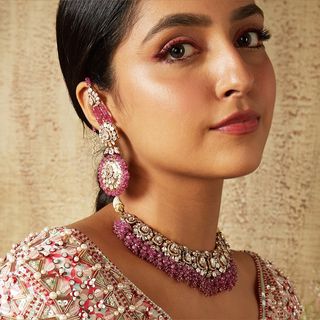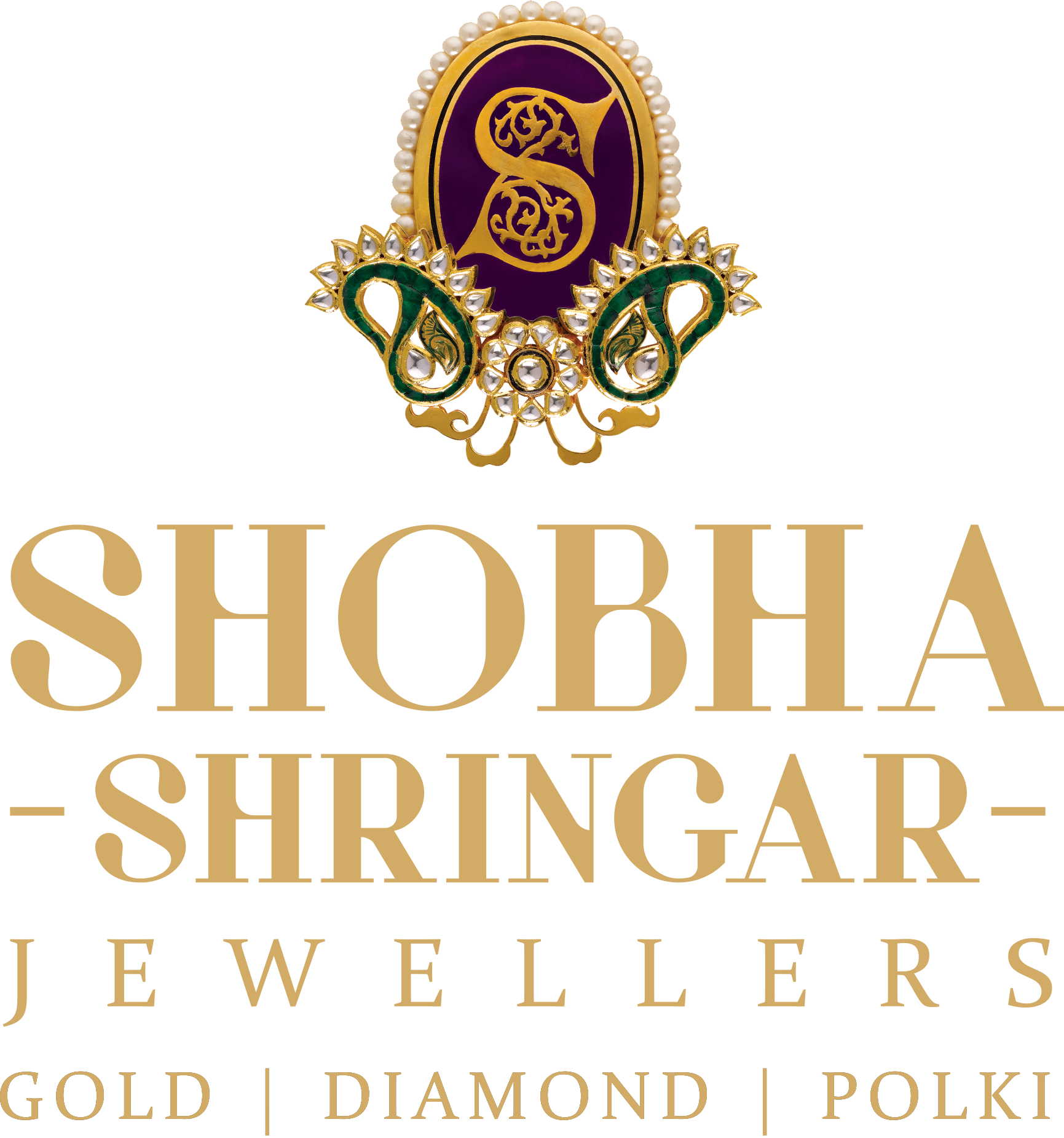OUR STUNNING DIAMOND COLLECTION
Diamond is one of the best-known and most sought-after gemstones. They have been used as decorative items since ancient times.
The hardness of diamond and its high dispersion of light — giving the diamond its characteristic “fire” — make it useful for industrial applications and desirable as jewelry.
Diamonds are such a highly traded commodity that multiple organizations have been created for grading and certifying them based on the “four Cs”, which are color, cut, clarity, and carat. Other characteristics, such as presence or lack of fluorescence, also affect the desirability and thus the value of a diamond used for jewelry.
Diamonds are used in engagement rings. The practice is documented among European aristocracy as early as the 15th century, though ruby and sapphire were more desirable gemstones. The modern popularity of diamonds was largely created by De Beers Consolidated Mines, which established the first large-scale diamonds mines in South Africa.
Through an advertising campaign beginning in the 1930s and continuing into the mid-20th century, De Beers made diamonds into a key part of the betrothal process and a coveted symbol of status. The diamond’s high value has been the driving force behind dictators and revolutionary entities, especially in Africa, using slave and child labor to mine blood diamonds to fund conflicts.
Though popularly believed to derive its value from its rarity, gem-quality diamonds are quite common compared to rare gemstones such as alexandrite, and annual global rough diamond production is estimated to be about 130 million carats (26 tonnes; 29 short tons).[1]
THE HOPE DIAMOND
The Hope Diamond. Its deep blue coloration is caused by trace amounts of boron in the diamond.
See also: Diamond mining in India
The process of diamonds being used for drilling ornamental beads dates back to 2nd millennium BC. Archaeologists working in Yemen have excavated beads with evidences of diamond drilling from 1200 BC to 1st century AD from the site of Hajar ar Rayhani, while double diamond drilling from 1000 to 600 BC.[2]
The double diamond drill technique was present in Western India prior to 600 BC (7th century BC). There is also evidence of technique of double diamond drilling from Southern Thailand dating back to 400 BC.
Before diamonds were discovered in Brazil in the 1700s, India was the only place where diamonds were mined. Early references to diamonds in India come from Sanskrit texts. The Arthashastra of Kautilya mentions diamond trade in India.[8]
Buddhist works dating from the 4th century BC describe the diamond as a well-known and precious stone but do not mention the details of diamond cutting.[9]
Another Indian description written in the beginning of the 3rd century describes strength, regularity, brilliance, ability to scratch metals, and good refractive properties as the desirable qualities of a diamond.[10] Kalkutta was an important trading center for diamonds in central India.[11][clarification needed]
Diamonds were traded to the east and west of India and were recognized by various cultures for their gemmological or industrial uses. In his work Naturalis Historia, the Roman writer Pliny the Elder referred to the adamas (invulnerable stone) that occurred alongside gold and was used for ornament and engraving.
This was long believed to refer to diamond, but is now thought more likely to mean other hard minerals such as corundum or spinel.[b]
Diamonds eventually spread throughout the world, even though India had remained the only major source of the gemstone until diamonds were discovered in Brazil in 1725.[8]
A Chinese work from the 3rd century BC mentions: “Foreigners wear it [diamond] in the belief that it can ward off evil influences”.[10] The Chinese, who did not find diamonds in their country, initially did not use diamond as a jewel but used it as a “jade cutting knife”.
[10] Diamonds reached ancient Rome from India.[7] Diamonds were also discovered in 700 in Borneo, and were used by the traders of southeast Asia.[7]


Bringing the epitome of tradition & elegance this season through our stunning Diamond jewellery ✨
Available at Shobha Shringar Jeweller’s Flagship south Mumbai boutique ✨
.
.
Jewels : @shobhashringar
Outfit : @riashahlabel
Makeup : @makeupbymausam
Muse : @anishha_pahuja
Decor : @thedecorcycle
Lens : @mrinmaiparab




